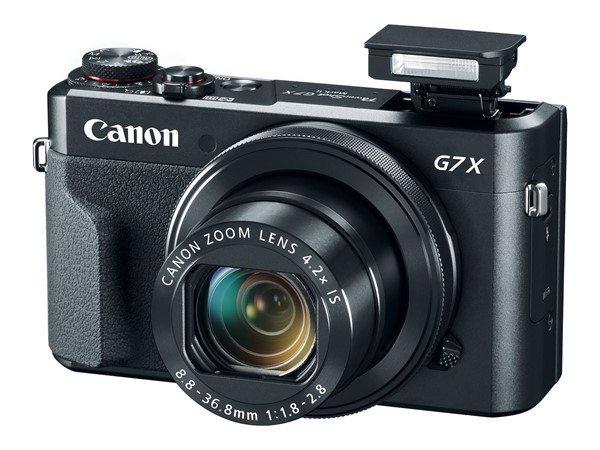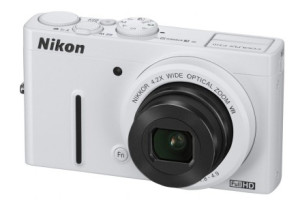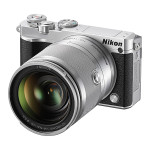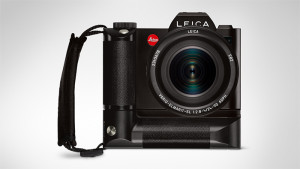1 Square Inch Sensor

Is 1 square inch sensor a legitimate format?
There has been evolution of sensors used in digital cameras and many sensor sizes are presently used by the manufacturers like Canon, Nikon and Pentax. The most popular 1/2.3″ CCD or CMOS sensor still is the smallest and used across a wide range of compact cameras. Rise in the demand for performance of digital camera accompanied by the advances in the imaging technology present in smart phones has led the major camera brands to introduce a relatively a large size sensors in the point and shoot cameras.
Back in year 2012, Nikon Introduced Coolpix P310 which I admired for its performance and pocket friendly size. The P series of Coolpix cameras were aimed at photography enthusiasts which would give more control and manual setting adjustments. These manual controls allow a photographer to be more creative than the default or automatic exposure.
Canon G7x along with other PowerShot series cameras support a type 1.0 image sensors. Type 1.0 looks like the branding trick made to counter the CX format or Nikon 1 series of mirrorless cameras.

The Pentax Q7 however was the lightest known interchangeable camera with even smaller sensor of 1/1.7 inch similar to Nikon P310 mentioned earlier.
The Suitable Mirrorless Camera options
Is the 1 square inch sensor a suitable answer for the professional needs or is it just designed to equip mirrorless cameras with something better than the compact ones. Well, surely, the mirrorless cameras have great all round performance. They are easy to carry and less intimidating for subjects in street photography. Having said that, they still aren’t a replacement to SLR cameras.
The professional grade SLR cameras have a considerably fast Auto-Focus tracking, many lens option and weather sealed design. In general they benefit for certain applications where large sensor size renders beautiful bokeh. Although the rendition of bokeh is a function of sensor and lens combined but the cinematic application of such effects also depend on the rigs designed by third party manufacturers. While looking at a broader picture, an SLR is a part of overall system which has evolved over long time.
The Sony Alpha range of mirrorless cameras have surely taken the competition to next level with their full frame Alpha 7 cameras but the same had also been a challenge to its own SLT lineup of cameras. Many of us do question Nikon for not having provided an APS-C size sensor in their mirrorless camera lineup but I have a different view. I think that Nikon took a very calculated decision of keeping Nikon 1 series different in characteristics, especially the 1 square inch sensor. This helps the Nikon 1 cameras not compete with the entry level SLR range keeping their established products earning them their much needed bread.
The Future of Mirrorless and 1 square inch sensor

The constant improvement in successors of Alpha 7 range along with new top of the line G Master lens series, Sony is bound to attract more photographers. Nikon 1 range has its J series which in fifth generation known as Nikon 1 J5 already selling and V series which is in its third generation known as Nikon 1 V3. Canon too has plans of introducing successors to the existing line of PowerShot range which comes with Type 1.0 sensors. As photography is more popularized by the high end smartphones, the desire of many people to own a better camera shall fuel the demand of mirrorless segment.
On the other side of story the premium camera manufacturers are also experimenting with newer category of products. The Leica has launched it SL (Type 601) which is again a mirrorless professional camera with full frame sensor.

The hefty price tag limits it to specific market only. How much does each of these satisfy their respective users remains subjective to their needs and expectations. One thing guaranteed is that more options in the market shall surely satisfy the fetish for those looking to improve their gear. For true passionate photographers, the constant drive to create photos remains more important than just camera gear itself.